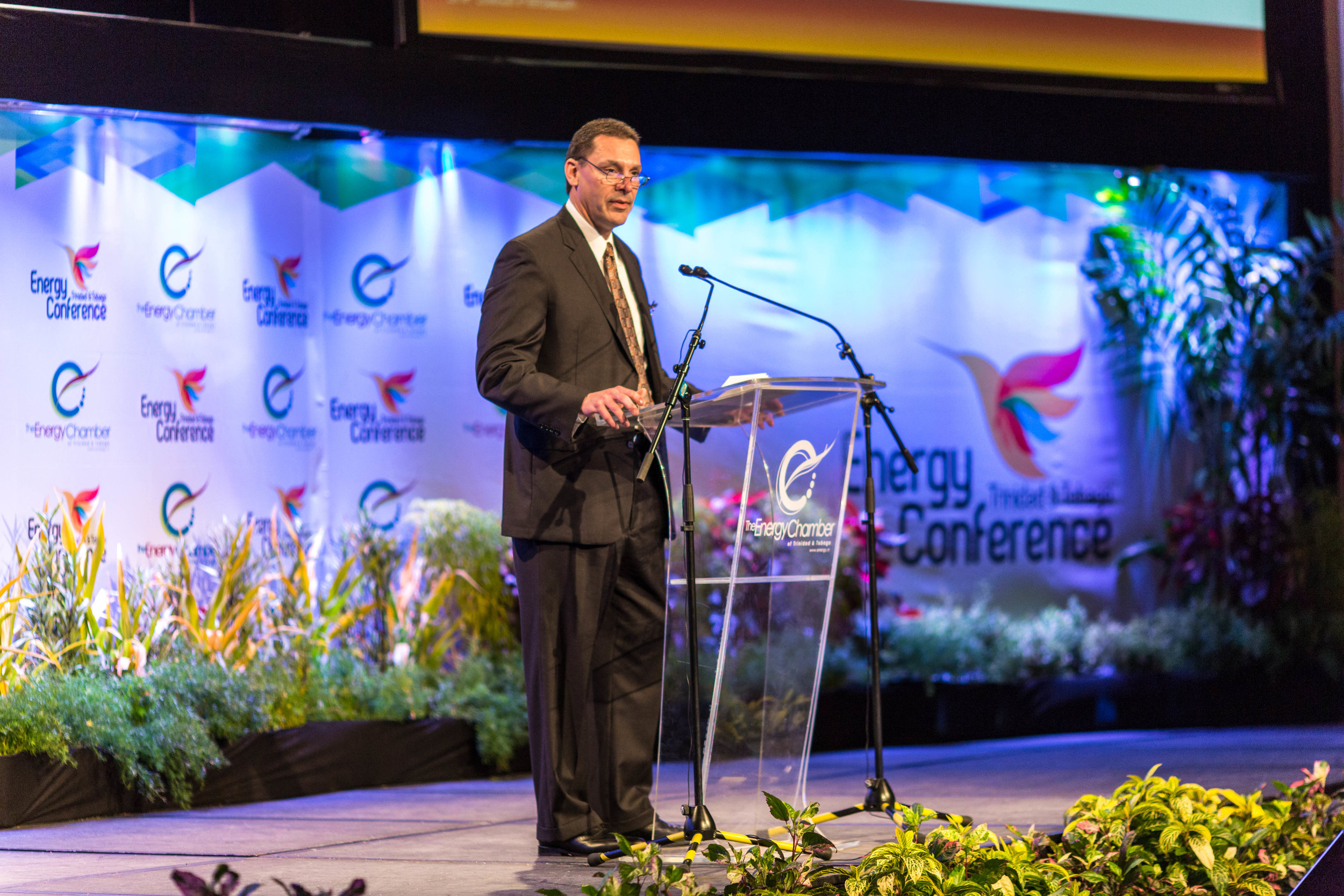Positive results in BHP Billiton's first deepwater well, LeClerc
BHP Billiton has confirmed encouraging results from the LeClerc well, the first well in the company’s historic deep water drilling campaign offshore Trinidad and Tobago. According to the press release issued by BHP Billiton, the well encountered gas in multiple zones.
While the company was encouraged by the presence of hydrocarbons, gas was not their target. BHP Billiton President Petroleum, Steve Pastor confirmed that “the focus of our programme is a commercial oil discovery”. Despite this, he went on to say that “we are encouraged by the results of the first well in our Trinidad and Tobago exploration campaign, LeClerc. The results will help BHP Billiton’s plans to further appraise the basin as part of our extensive Trinidad and Tobago exploration programme”.
While BHP Billiton’s focus was on oil, the question on the minds of many people in Trinidad’s gas-starved industry is if this gas discovery can be commercially developed. Helena Innis-King, a former senior official in the Ministry of Energy and Energy Industries and now a consultant, told EnergyNow, “In this water depth and with no pipeline close by, unless other alternatives are considered, it is doubtful that the accumulation could be considered commercial so this is no panacea for our gas shortage woes, at least in the short to medium term”. She also stated that “the company is obliged under the production sharing contract to notify the Minister of Energy and Energy Industries of any discovery within 30 days of such discovery and 90 days after such notification to say whether the discovery may have commercial potential. That eventual proclamation is what the downstream petrochemical sector and liquefied natural gas (LNG) exporters may be waiting to hear”.
According to Innis-King, the LeClerc well “targeted the largest simple structure in the southern part of the area, east of the productive Columbus Basin accumulations”.
She added that in her opinion, “the structure was attractive and large (several hundred square km area) and on the 2D data, there was a pronounced flat spot in the shallower sands. Given the history of the basin, this flat spot was unlikely to be anything other than a gas/ water contact”.
She also opined that “the main objective of the well would have been the deeper sands which were mapped on the original sets acquired in the area. Since the well was taken to depths deeper than originally planned, it can be read as a signal that those sands were indeed penetrated and in these deeper potential reservoirs, there may have been possible oil shows”.
“The second well, Burrokeet 1, is located off the north-east coast in a distinctly different geological province and is a different play from LeClerc. This trend is east of the Angostura area where BHP Billiton has had success, producing both oil and gas. Hopefully this well will discover commercial quantities of liquid hydrocarbon”, said Innis-King.

